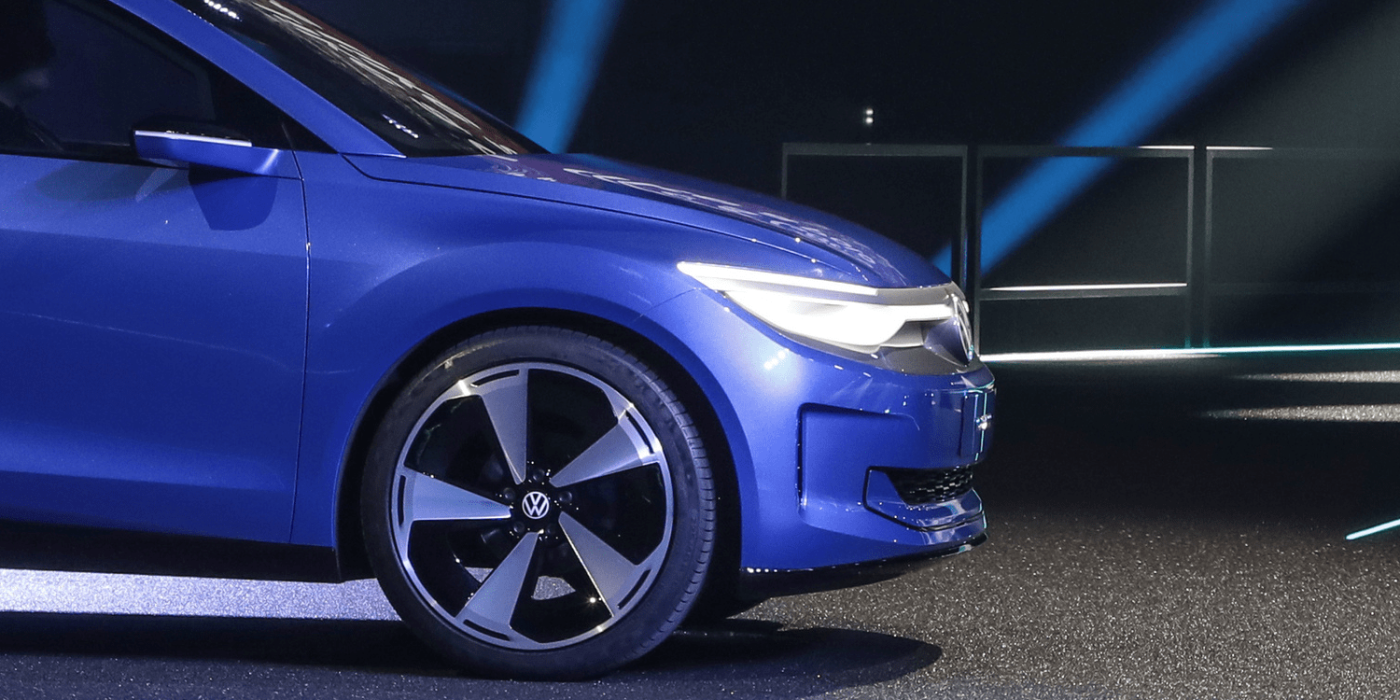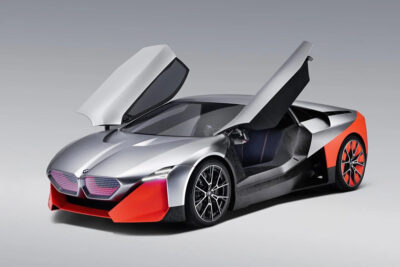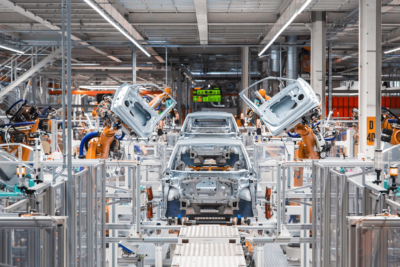VW reveals plans for another EV priced below the ID.2
According to a German media report, the all-electric VW ID.2 will start at less than €25,000 when it launches in 2025. And the carmaker allegedly has plans for an even cheaper EV, currently referred to as the ID.1, which could launch in 2027 and start at less than €20,000.
Automobilwoche spoke to VW brand boss Thomas Schäfer on the sidelines of the ID.2 premiere last week. “It should come as early as 2026, 2027, not at the end of the decade,” the manager says. He added that despite high battery costs, Volkswagen was already working on a concept for offering an EV in that price range.
“That’s the next challenge. We’re working on that,” Schäfer says. However, the base price of less than €20,000 seems to be one of the only development goals already set. VW is still examining several options, including (at least officially) a joint platform with another manufacturer. But Schäfer seems to think “that we can do it alone”.
If platform cooperation is still a possibility, it is thus not sure that the planned EV will sit on the MEB Entry, which is what the ID.2 is built on. And while the production location for the series version of the ID.2 has already been made public (Seat’s Martorell plant), Schäfer says the ID.1 could be built outside of Europe.
LFP batteries are likely
Schäfer did not give any further technical details – if there even are any at this point. The ID.2 shows how difficult VW’s goal is, for it, too, was to start below €20,000.
As leaked on the sidelines of the ID.2all’s presentation in Hamburg, the technical data mentioned (e.g. 450 kilometres WLTP range and a charging time from ten to 80 per cent in about 20 minutes) will have little to do with the variant available for €25,000. It would require a battery of around 60 kWh and constant 120 kW charging power. VW did not confirm the figures, but the large battery variant will allegedly use NMC cell technology. However, the €25,000 base model will be equipped with an unspecified LFP battery – the energy content is speculated to be around 40 kWh, but again, these figures have not been officially confirmed.
Given the even tighter budget, VW will likely use LFP battery cells for the potential ID.1 base model as well. Whether the battery will also have a capacity of around 40 kWh is not known. Just for perspective: VW’s smallest electric car to date, the e-Up, now has a 36.8 kWh battery, of which 32.3 kWh is usable. However, this is using NCM622 cell chemistry.
VW plans 100,000 units per year per model
Schäfter left many questions about the ID.1 unanswered in his talk with Automobilwoche, but did go into specifics concerning the ID.2 family. For example, the Cupra Raval will be launched shortly before the ID.2. Both models will be built in Martorell, Spain. For a long time, a Skoda derivative was also expected, but that will come in a slightly different form.
The upcoming Skoda EV will not be a small car like the ID.2 and Raval, but a small electric SUV. As a result, the Skoda will be built at VW’s Pamplona plant in Spain, along with the SUV version of the ID.2. In alliance with speculations about a Tiguan-sized electric SUV produced in Wolfsburg, so far referred to as the ID.3 X, the VW model could consequently be called ID.2 X. All four EVs built in Spain could be equipped with battery cells from the VW Group’s Spanish battery factory – for which the groundbreaking ceremony took place last week. The electric motors for all models will, as reported, come from Hungary.
Surprisingly, Schäfer also named potential sales targets for the four models. “At least 100,000 should be enough to be profitable,” the VW brand boss said – and “of each of the four models.” However, Schäfer did not specify by when these 400,000 vehicles per year should be achieved.
automobilwoche.de (in German)





0 Comments